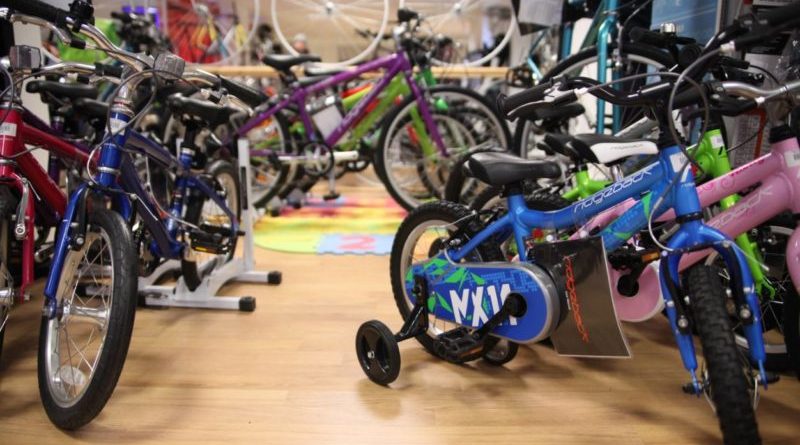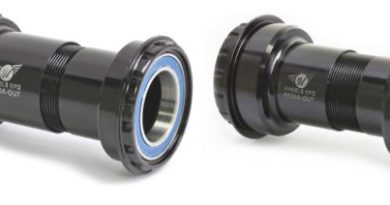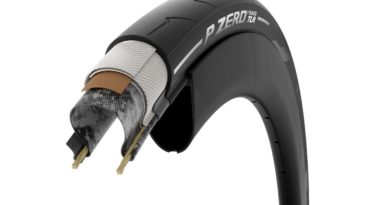Ask the trade: Should bike brands now be renting floor space at destination stores?
Following on from our panelists’ thoughts on what influences the decision to stock or drop a bike brand our discussion today moves once again to profitability on the bike sale. With slimming margins weighed against the not insignificant floor space taken up by bikes, has the time come to re-assess how the destination store and supplier relationship works?

Have we reached the point where bike brands should be compensating retailers for their shop floor space if they want to feature?
Paul Kenchington, The Bicycle Chain
We’re at the point of change. One reason is that making money is coming to a head for so many now. If you take Toys R Us and Mothercare, these businesses have been waiting for profit to return and can’t wait any longer.
Average wages for online giants are rising, so the big players have to get their margin up too. Where they pressed it down, it now has to come back. It will take time, but margins have to come back. What’s happening in America too is a catalyst for change. The boom is over and we’re surviving with those trading up from those boom purchases and thus seeing less entry-level sales.
I think at last brands are beginning to value the retailer because the unsure consumer still needs to sit on the saddle. If you don’t have me and others like me your trade will disappear. We convert customers for brands. The brands make more money from us.
Brands may complain about our numbers time to time, out of context, but I’ve had one such business on the phone that had to sell three times as much value to a big player to make the same margin as they did off the small player.
John Askham, Kinetic Cycles
No, I think that’s bonkers. There’s no doubt that there is more competition than ever before, but there are also more cyclists than ever before. It’s up to the brands to produce the best kit, but it’s up to the retailer to showcase it. There are certain brands that support their dealers better than others, this is true, but they also expect a return on that investment. If brands are starting to compensate dealers for showroom space, they’ll just look for alternative routes to market, squeeze margin, or just raise their RRP to a point where their product is no longer competitive.
Mick Murphy, Mickey Cranks
I don’t feel this is necessary with the brands we carry currently.
Ceri Dipple, Twenty3c
No! It’s a really interesting topic, I’ve got quite a few thoughts on this, but will have to save these for another day.
Will you carry more or less bike SKUs and brands in the future?
Ceri Dipple, Twenty3c
We don’t carry a huge stock at the moment, it would be the biggest threat to our business if we did. It’s difficult to liquidate stock quickly given the level of discount available to consumers 24/7 so I’d rather not expose the business in that way.
Paul Kenchington, The Bicycle Chain
I don’t think you can move too much either way. If you don’t carry all the sizes the customer will ask are you a proper bike shop. I’d love to think you could carry less. The brands keep saying they are reducing SKUs, but I’ve not seen it yet. The way consumers are now you can’t wait a week for delivery and still get the sale.
John Askham, Kinetic Cycles
We’ll continue to stock a good range of SKUs. What we’ve been keen to do is identify a niche and stock the brand that we feel best represents that niche. In some instances we can cover multiple bases from one brand, but if we identify, for arguments’ sake, 12 key areas and we feel we need a different bike brand to cover each, then so be it. These days you’ve got to stay flexible and continue to evolve your portfolio to stay competitive.
Mick Murphy, Mickey Cranks
We are assessing what is profitable in-store and allocating the correlating space to those SKUs. If brands/SKUs are showroomed, or discounted massively online, we will discontinue them and replace with lines that are not. We increase floor-space for what returns the best income, and decrease space for poorly performing bikes.



